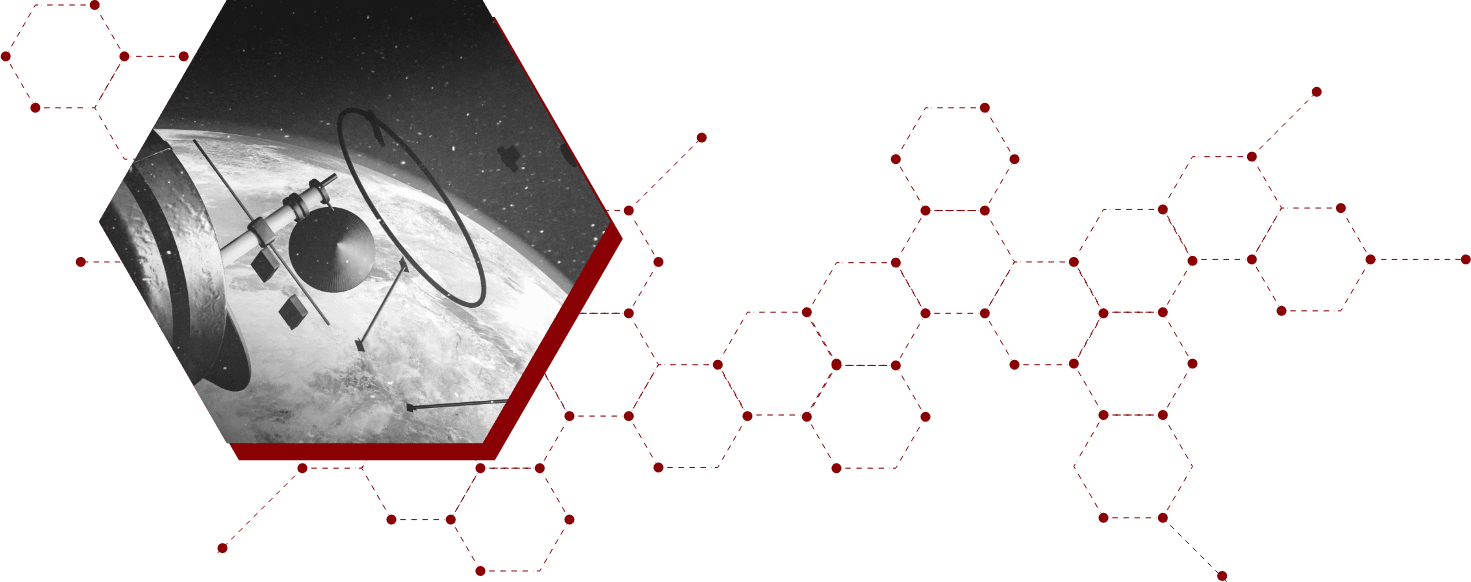
About
What is STM?
In the past few decades, the volume of space activities has gone through an unprecedented boom, led by new concepts, new technologies, new actors and new modes of operation. This fast-evolving environment brings with it unparalleled challenges to ensure the security, safety, sustainability and stability of space operations.
Space traffic management or STM is the system of control and operation that ensures and promotes the safety of orbital and other space activities, as well as access to and from outer space free of physical or electromagnetic interference. In the coming years, it will quickly become crucial to maintain a well-developed STM system that can not only respond to the increasing activities in the space sector, but also anticipate its remarkable changes.
Why do we need to develop European STM?
Initiatives on the national and international level that aim to tackle the rapidly-evolving issues of STM are working on the better understanding of the situation and future STM needs, active collision avoidance operations and debris removal, as well as the promotion of its prevention. A joint effort of the European Union can join these efforts and design a European plan and strategy for an efficient and successful space traffic management system, fit for the 21st century.

What is EUSTM?
EUSTM is a research and development project funded by the European Union’s Horizon 2020 programme, which has commenced in January 2021 and is set to conclude in August 2022. It joins 18 project partners from across Europe that are working on an independent and end-to-end activity that will define the future European space traffic management capability.
The main objectives of EUSTM are to define organisational, technological, scientific, policy, regulatory and legal guidelines and standards that will lead European STM efforts in the decades to come. The EUSTM consortium will perform research, consult global stakeholders design detailed specifications and a preliminary roadmap, as also work to create a dedicated community of experts to ensure the continuation of project activities beyond its initial duration.
A detailed description of the EUSTM project can be found in the EU’s CORDIS repository.
For more information on the EUSTM project, read about the EUSTM project team, reach us via our contact form, subscribe to our newsletter or visit our LinkedIn page.
What EUSTM will achieve
Assess the currently available European scientific and technological capabilities.
Radar, optical and laser, passive ranging, SBSS, on-board positioning, data processing, data governance and security, autonomous collision avoidance, collision avoidance services and operations, re-entry prediction services and operations, active debris removal and more.
Classify future space traffic management needs for its stakeholders and main user groups.
Satellites’ design, manufacturing and operation, launchers’ design, manufacturing and operation, satellite operations, HAPS and sub-orbital operations, microlaunchers and reusable launchers, small satellites, constellations, in-orbiting services and active debris removal and more.
Identify existing space traffic management best practices, benchmarking and defining guidelines and recommendations.
Radar, optical and laser, passive ranging, SBSS, on-board positioning, data processing, data governance and security, space traffic management and control operations and more.
Determine the scientific and technological developments needed to implement best-practice space traffic management guidelines.
Air traffic management as a benchmark for space traffic management and its operations, guidelines and lessons learned, space operations to manage and control, existing guidelines and their adherence, new guidelines and best practices and their assessment and more.
Conduct stakeholder consultations, share project results via open access and support the European space traffic management community.
Surveys, consultations, public communication, collaboration platform, website, workshops, congress and conference papers and more.
Design implementation recommendations for strategic, security, policy and regulatory space traffic management capabilities.
Strategic and socioeconomic impact, governance and security analysis, policy analysis, legal and regulatory analysis and more.